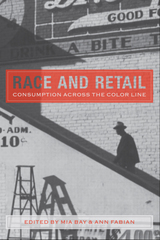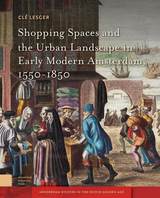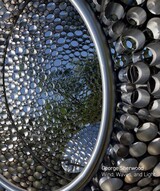
The Byzantine Shops at Sardis form a complex of commercial establishments lining the south wall of Sardis's renowned synagogue and bath complex. They offer scholars a unique opportunity to study urban life and commercial architecture in the Late Antique period. Remarkably well preserved, these shops provide economic data vital to an understanding of the trade and commerce of their time.
J. Stephens Crawford was a primary excavator of the shops and has worked at contemporary sites in Asia Minor. His first-hand insights elucidate his publication of the functions of the shops, which include dye shops, glass shops, a “hardware store,” and a restaurant. Crawford explores the evidence of religious diversity in the shops, where Jews and Christians lived and worked side by side. The contributors to this volume include Martha Goodway, George M. A. Hanfmann, Jane Ayer Scott, Pamela Vandiver, and Michael Weishan. Descriptions of the finds, which are extensively illustrated, are contributed by J. A. Scott. A comprehensive chapter of architectural comparanda from Asia Minor, Greece, Egypt, and the Near East presents some interesting parallels. Pamela Vandiver and Martha Goodway of the Smithsonian Conservation Laboratory provide an appendix of analyses of metal and fruit residues from the crucibles found in the shops, and a numismatic appendix summarizes the currency by mint.


READERS
Browse our collection.
PUBLISHERS
See BiblioVault's publisher services.
STUDENT SERVICES
Files for college accessibility offices.
UChicago Accessibility Resources
home | accessibility | search | about | contact us
BiblioVault ® 2001 - 2024
The University of Chicago Press









